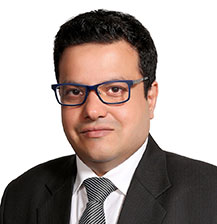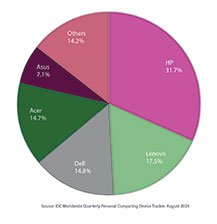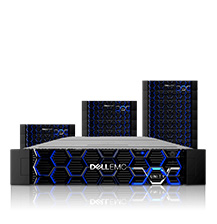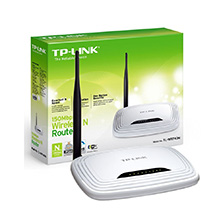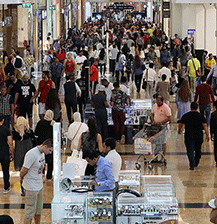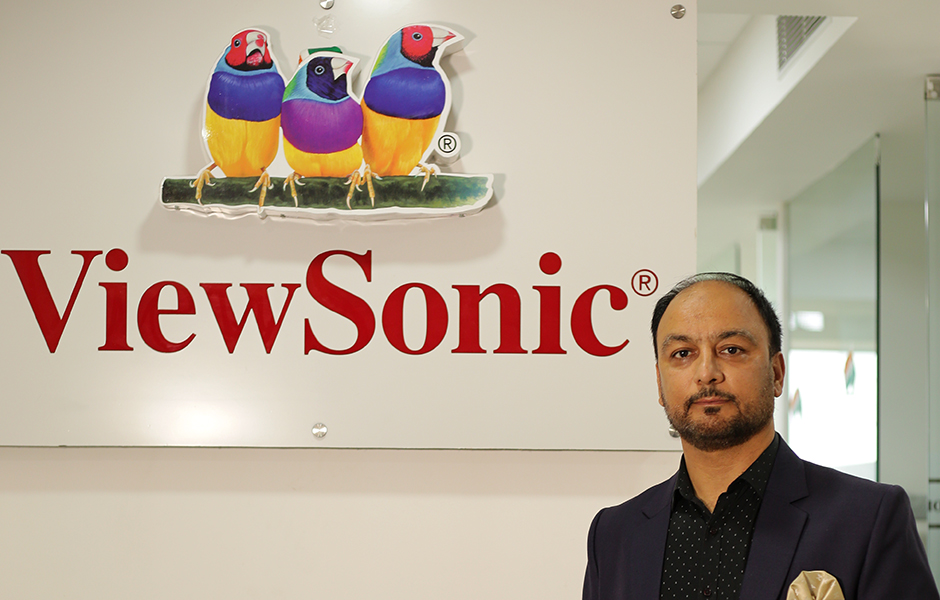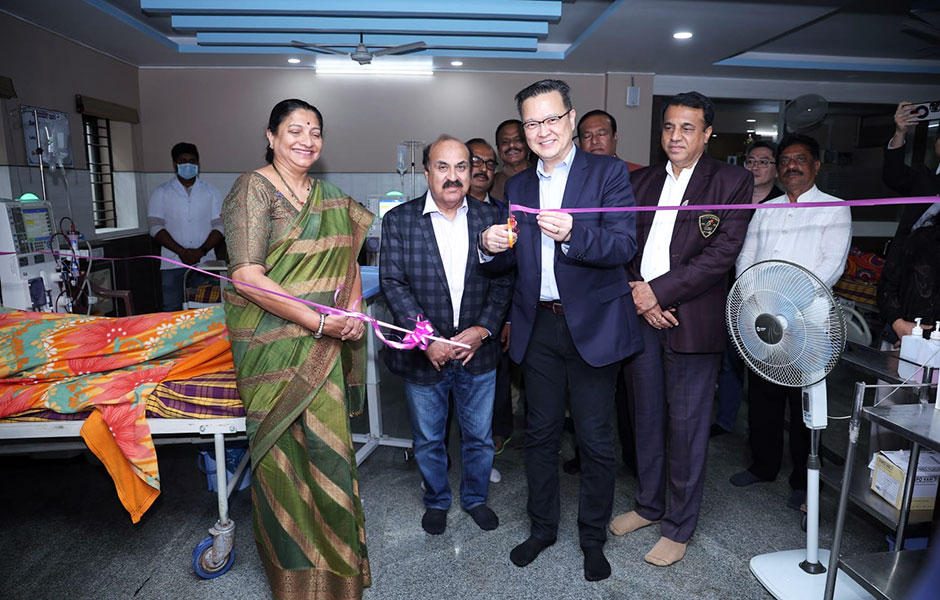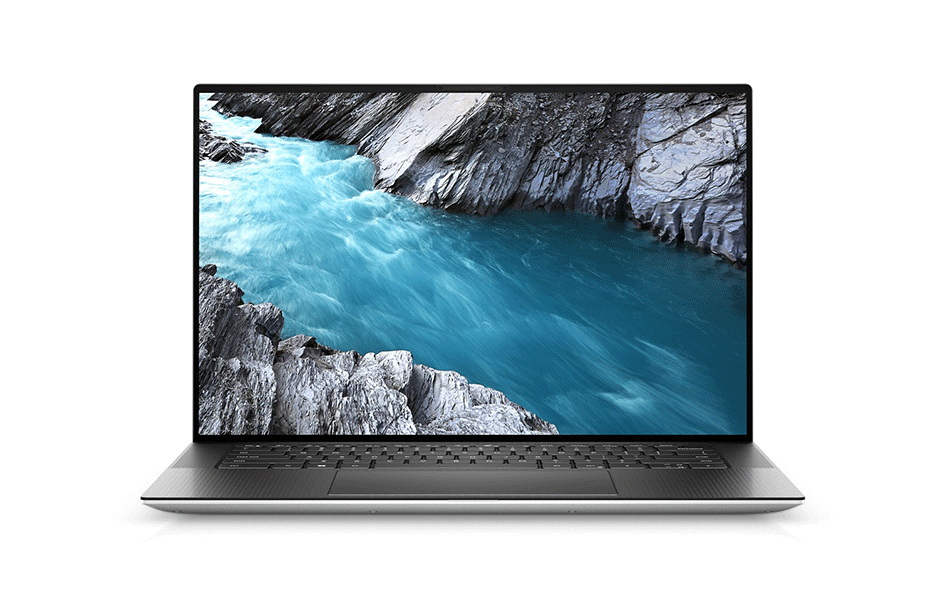R&M offers solution for rolling out FTTH networks in rural areas through utility poles
Digital Edge Bureau 17 Mar, 2021 0 comment(s)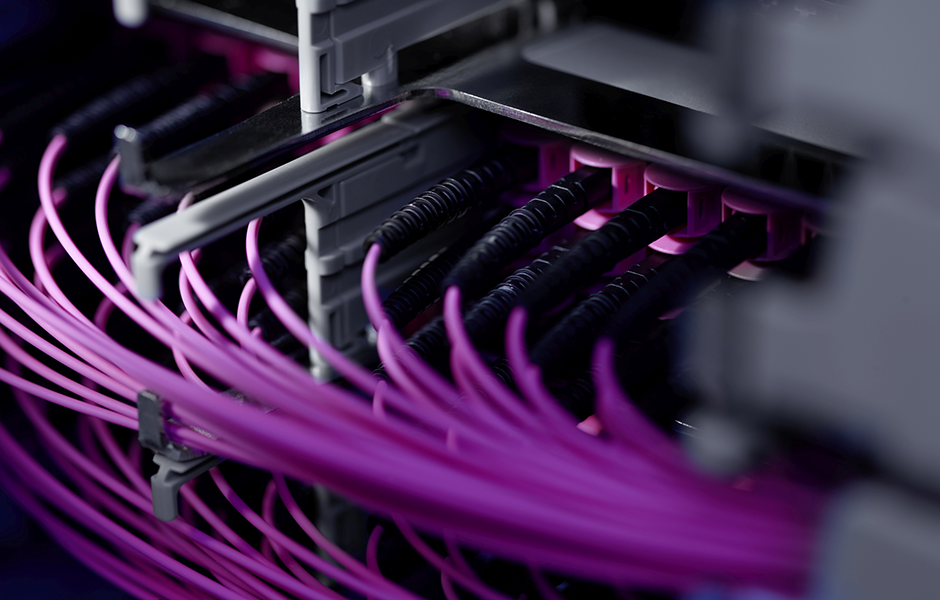
R&M comes out with solution that can make the aerial rollout of FTTH networks through utility poles in semi-urban and rural areas quite easy and cost-effective
In the classical periods of telephony, utility poles had played a major role all across the world. India has its own share of nostalgia with respect to telephone wires running over head through utility poles. With the evolution in technology, the utility poles gave way to underground cables. The coming of fiber cables didn’t see any change in its spread out method– they too found themselves blissfully buried under-soil, under-sand and even under-water.
Now, fiber cables are not only used in creating the carrier grade networks, but are also increasingly being deployed in the last-mile connectivity – and hence emerges the phenomenon of FTTH (Fiber-to-the-Home). But then, the FTTH is an urban phenomenon. Rural areas still don’t see FTTH coming to their door-steps; copper still rules the rural telephony landscapes.
But, the situation is changing now as a slew of passive networking companies have come forward embracing the older style of taking connectivity to rural areas – this time, making fiber cables ride the charmingly old-fashioned utility poles. Yes, in a new development, Swiss structured cabling company, R&M, has introduced products and allied paraphernalia for the aerial deployments of fibers through utility poles.

Thomas Ritz
Market Manager, Public Networks
R&M
“We’re committed to making the FTTH expansion easier and faster in rural and semi-urban areas”, said Thomas Ritz, Market Manager, Public Networks, R&M. “The pandemic in 2020 once again clearly confirmed the great need for fiber optic broadband internet access. However, the traditional subscriber network architecture is not yet ready to cope with an onslaught of spontaneous, parallel remote working, e-learning, streaming and gaming. The end-to-end fiber optic connections to end-users are one of the requirements for almost unlimited broadband data transmission right to the homes. Because to date it has not really been worthwhile for telecom companies to make the large investments necessary to provide FTTH outside towns and cities, rural areas still have many underserved areas”, explained Ritz.
The New Paraphernalia
The above-the-ground cable laying – also called aerial deployment – invokes a lot of interest from all the stake holder. The aerial deployment of fiber networks is faster and cost-effective than the underground cabling. So, for addressing this style of rolling out of FTTH networks, R&M with special optical connectors and new types of distribution boxes for pole mounting.
So, with a new generation of FTTH distribution boxes, R&M offers an assembly technology that sets standards in terms of simplicity and flexibility. “The new lightweight construction can be assembled on any facade or pole without the need for special tools”, said Ritz. “The entire fiber optic cabling is in a separate tray. While one team attaches the box to the pole or facade, a second team on the ground prepares the necessary cabling. This division of labor greatly reduces assembly time. The provider can deliver broadband connectivity to customers faster and gain market advantage”, adds he.
The newly designed aerial boxes are delivered pre-terminated – with splitter modules and internal cabling, and thus fulfill a specific requirement of large telecom providers in terms of time savings and preparation for the future connection of additional subscribers to the network. The new housings are configured for climatically challenging environmental conditions and have been developed especially to appeal to emerging markets. The focus is on elementary, purpose-built FTTH distribution that can be organized flexibly to suit all kinds of residential areas. Among others, network operators from South-America and the Middle-East have already demonstrated great interest in R&M’s new development.










